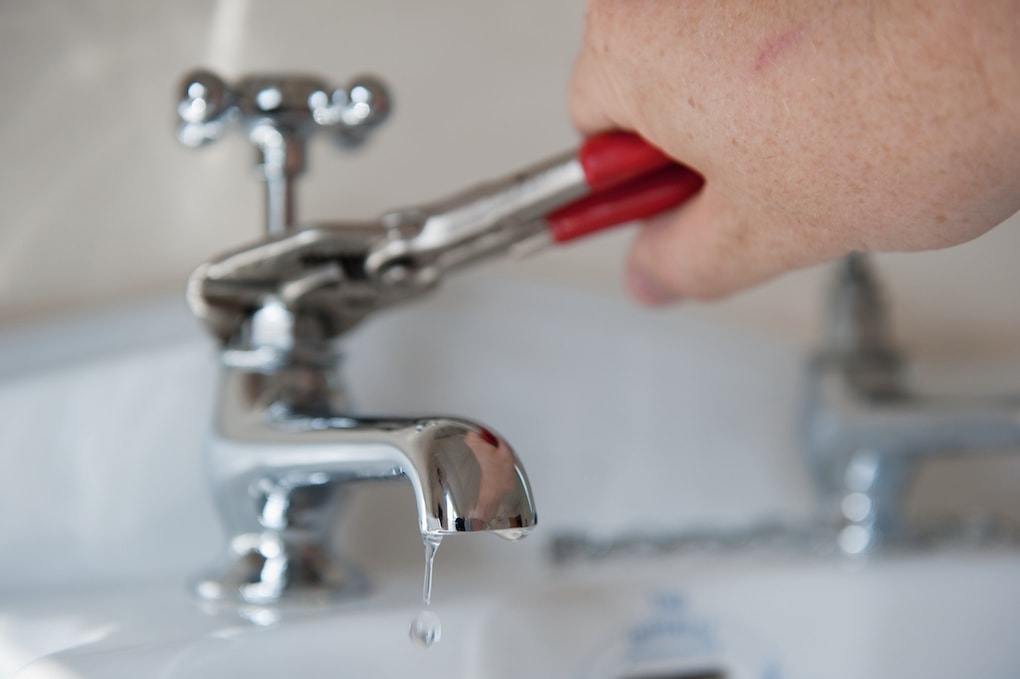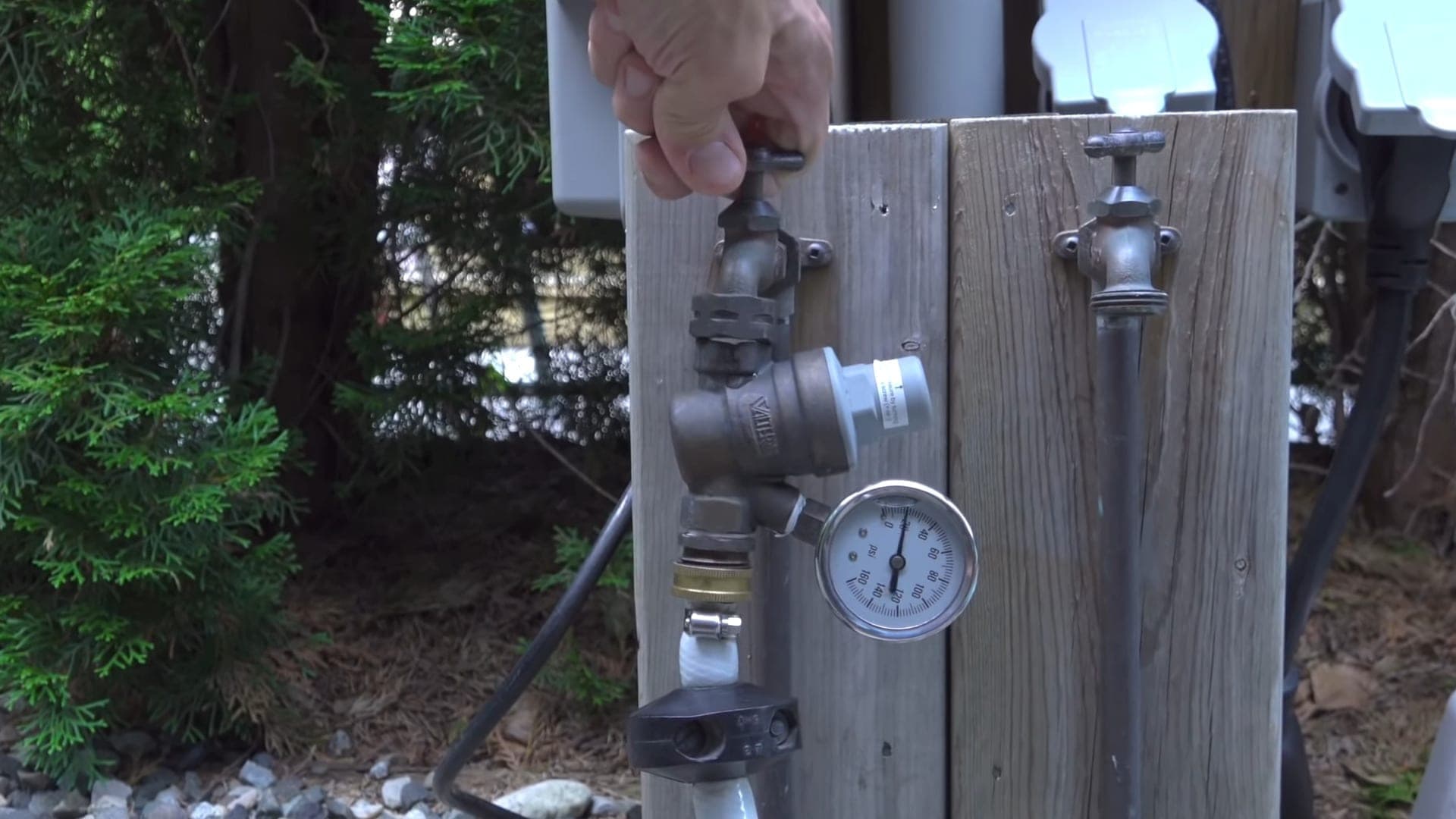Quick Processes to Boost Low Water Pressure in Your Home
Quick Processes to Boost Low Water Pressure in Your Home
Blog Article
The article below in relation to Dealing with Low Water Pressure in Your Home is without a doubt remarkable. Read it for yourself and see what you think of it.

Low water stress in your house can be an aggravating trouble, influencing everything from showering to cleaning dishes. If you're experiencing weak water flow, there are numerous possible reasons and solutions to check out. In this guide, we'll go over typical reasons for low tide stress and functional actions to attend to the concern successfully.
Introduction to Low Water Stress
Low water stress happens when the circulation of water from your faucets, showers, and other fixtures is weak than typical. This can make everyday tasks much more challenging and less efficient. Understanding the root causes of low water pressure is essential to locating the right option.
Typical Root Causes Of Low Water Stress
Pipeline Obstructions
With time, pipelines can end up being blocked with mineral deposits, sediment, or particles, restricting the circulation of water. This is a common problem in older homes with galvanized steel pipelines.
Deterioration
Deterioration within pipelines can lead to leaks and reduced water pressure. Corrosion build-up can restrict water circulation, particularly in maturing plumbing systems.
Faulty Stress Regulatory Authorities
Stress regulators are accountable for preserving regular water pressure in your home. If they malfunction, it can lead to low tide stress or irregular circulation throughout your house.
Community Water Issues
Often, the trouble exists outside your home. Municipal water supply concerns, such as main line leakages or maintenance job, can briefly lower water pressure in your location.
Just How to Identify Low Tide Pressure
Inspecting Faucets and Components
Begin by checking the water stress at different taps and fixtures throughout your home. If the problem is isolated to specific locations, it may suggest localized issues.
Examining Pipes
Inspect noticeable pipelines for indicators of leaks, deterioration, or obstructions. Take notice of any type of uncommon audios, such as banging or rattling pipelines, which could indicate issues within the plumbing system.
Consulting with a Plumber
If you're unable to determine the source of low water pressure, think about employing a specialist plumber to perform an extensive inspection. They can identify underlying problems and recommend ideal solutions.
DIY Solutions to Deal With Low Water Pressure
Cleaning Up Aerators and Showerheads
Natural resources can build up in aerators and showerheads, reducing water circulation. Remove and cleanse these elements on a regular basis to boost water pressure.
Flushing Hot Water Heater
Debris accumulation in the water heater can limit circulation and lower performance. Purging the storage tank regularly assists get rid of sediment and maintain optimal efficiency.
Checking Stress Regulatory Authority
Guarantee that the stress regulator is working appropriately. Readjusting or replacing the regulatory authority can aid bring back appropriate water pressure throughout your home.
Clearing Clogs in Pipeline
For small blockages, attempt utilizing a plumbing snake or chemical drainpipe cleaner to clear obstructions in pipelines. Be cautious when utilizing chemicals and comply with safety standards.
When to Call an Expert Plumber
If do it yourself initiatives fail to fix the concern or if you think substantial plumbing troubles, it's ideal to look for assistance from a licensed plumber. They have the know-how and tools to attend to intricate problems safely and successfully.
Safety Nets to Preserve Water Stress
Normal Maintenance
Arrange regular upkeep for your plumbing system to stop concerns such as corrosion, leaks, and blockages. Dealing with minor troubles early can help avoid more considerable fixings later.
Setting Up a Stress Booster
Think about installing a pressure booster pump to boost water pressure in areas with continually reduced circulation. This can be especially advantageous for multi-story homes or properties with high-demand fixtures.
Tracking Water Use
Bear in mind water usage routines and prevent ill-using the plumbing system. Simple modifications, such as shocking showers and washing lots, can aid maintain ample water stress.
Final thought
Dealing with low tide stress can be aggravating, yet determining the underlying reasons and carrying out suitable remedies can restore optimum flow throughout your home. Whether it's cleaning up aerators, examining pipes, or consulting with a plumber, taking positive actions can make certain a stable supply of water for your everyday needs.
HOW TO FIX LOW WATER PRESSURE IN YOUR HOUSE (EXPERT GUIDE)
The morning shower lacking any real pressure? Bathtub taking hours to fill? Or maybe you’re dissatisfied with the inadequate performance from your combi boiler?
Then you, like millions of others across the UK, might be experiencing low water pressure.
Fortunately, the good news is that you don’t have to continue living this way. The cause of low water pressure in the home is often quite simple, and you may not even require a plumber to fix the problem.
What causes low water pressure in the house?
If you are experiencing issues with water pressure throughout your home, then you may have one of the problems outlined below.
Most of these problems can be fixed quite easily, but for others, you may need to contact a plumber.
Obstructed Shutoff Valve
If you’ve just bought a new home or recently had building work conducted on your property, there is a chance that your water valves were not fully opened.
If the water valve is partially closed, then you may be restricting the amount of water entering your home. To fix this, simply ensure the valve is fully open.
If the valve appears fully open but you are still encountering reduced water pressure, then the valve may be broken. If this is the case, do not under any circumstances try to fix it without proper training.
Often found under your kitchen sink, a water valve will usually look like a bright yellow handle.
Again, if you believe the water valve is broken, contact a plumber immediately.
Leaks in Your Water Pipes
Leaks are the worst-case scenario when it comes to low water pressure.
If the water pipes are damaged, then this will cause low water pressure, as not all the water will make it to your taps.
After you’ve checked to see if the valve is fully open, you can conduct a leak check of your home. Now, this may seem scary, but it is actually quite simple.
Clogged Water Pipes
Clogged water pipes are one of the most common causes of low water pressure.
These clogs usually build-up when your home is supplied water via iron pipes. Iron is particularly vulnerable to rusting which can then break off and cause an obstruction within your system. You also face the problem of things like dirt, gravel or sand entering creating mineral deposits which further block water flowing from the mains water supply.
Unfortunately, if you suspect that clogged pipes may be restricting your water supply, then you will need to contact a plumber.
In this situation, you will either need to have your pipes removed and cleaned or in more severe cases, you could require a new set of water pipes.
Designer Taps
Designer taps look fantastic, but are they built to be efficient in your plumbing system? Modern taps are built for modern homes and they often have lower flow rates that are specifically designed for use within high-pressure systems.
Install a Water Pressure Booster Pump
If the issue is simply that the mains water pressure supply is too low, the simplest fix is to invest in a booster pump. Found in homes of all shapes and sizes, booster pumps are a relatively cheap option to add extra pressure to your home.
Designed to increase water pressure by passing water into the pump from your mains supply and then ejecting it into your home water system at a higher pressure, a booster pump is a truly simple and effective solution to increasing water pressure.
https://www.anchorpumps.com/blog/the-plumbers-guide-to-fixing-low-water-pressure/

HOW TO FIX LOW WATER PRESSURE IN YOUR HOUSE (EXPERT GUIDE)
The morning shower lacking any real pressure? Bathtub taking hours to fill? Or maybe you’re dissatisfied with the inadequate performance from your combi boiler?
Then you, like millions of others across the UK, might be experiencing low water pressure.
Fortunately, the good news is that you don’t have to continue living this way. The cause of low water pressure in the home is often quite simple, and you may not even require a plumber to fix the problem.
What causes low water pressure in the house?
If you are experiencing issues with water pressure throughout your home, then you may have one of the problems outlined below.
Most of these problems can be fixed quite easily, but for others, you may need to contact a plumber.
Obstructed Shutoff Valve
If you’ve just bought a new home or recently had building work conducted on your property, there is a chance that your water valves were not fully opened.
If the water valve is partially closed, then you may be restricting the amount of water entering your home. To fix this, simply ensure the valve is fully open.
If the valve appears fully open but you are still encountering reduced water pressure, then the valve may be broken. If this is the case, do not under any circumstances try to fix it without proper training.
Often found under your kitchen sink, a water valve will usually look like a bright yellow handle.
Again, if you believe the water valve is broken, contact a plumber immediately.
Leaks in Your Water Pipes
Leaks are the worst-case scenario when it comes to low water pressure.
If the water pipes are damaged, then this will cause low water pressure, as not all the water will make it to your taps.
After you’ve checked to see if the valve is fully open, you can conduct a leak check of your home. Now, this may seem scary, but it is actually quite simple.
Clogged Water Pipes
Clogged water pipes are one of the most common causes of low water pressure.
These clogs usually build-up when your home is supplied water via iron pipes. Iron is particularly vulnerable to rusting which can then break off and cause an obstruction within your system. You also face the problem of things like dirt, gravel or sand entering creating mineral deposits which further block water flowing from the mains water supply.
Unfortunately, if you suspect that clogged pipes may be restricting your water supply, then you will need to contact a plumber.
In this situation, you will either need to have your pipes removed and cleaned or in more severe cases, you could require a new set of water pipes.
Designer Taps
Designer taps look fantastic, but are they built to be efficient in your plumbing system? Modern taps are built for modern homes and they often have lower flow rates that are specifically designed for use within high-pressure systems.
Install a Water Pressure Booster Pump
If the issue is simply that the mains water pressure supply is too low, the simplest fix is to invest in a booster pump. Found in homes of all shapes and sizes, booster pumps are a relatively cheap option to add extra pressure to your home.
Designed to increase water pressure by passing water into the pump from your mains supply and then ejecting it into your home water system at a higher pressure, a booster pump is a truly simple and effective solution to increasing water pressure.
https://www.anchorpumps.com/blog/the-plumbers-guide-to-fixing-low-water-pressure/
We had been shown that article on from an associate on another web property. If you appreciated our post please do not forget to pass it around. Thank you for taking the time to read it.
Schedule A Service Report this page